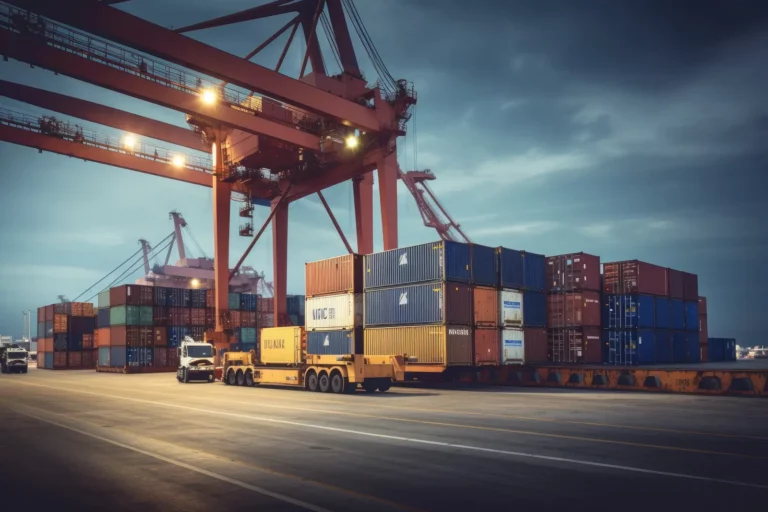Top 5 KPIs to measure your carrier performance
Measuring, analyzing, and optimizing your business operations is just as important or perhaps, even more, important in the logistics industry. To stay relevant in the market it is imperative that you keep a close eye on any and every opportunity to improve.
This is where key performance indicators (KPIs) come into play. Identifying and making use of suitable KPIs and benchmarks for measuring performance will help you answer difficult questions such as is your supply chain performance satisfactory, can the carrier performance be better, and more.
With quantifiable and relevant KPIs you can identify the right carriers for your supply chain operations. This also allows you to identify opportunities to reduce costs, make data-driven decisions and run a tighter ship, in general.
What are Key Performance Indicators?
A KPI is used to measure and track business activity against a static and predetermined benchmark. Logistics managers use KPIs or metrics to visualize and optimize logistics processes in a timely manner.
KPIs are especially important while tracking performance fluctuations in any operation and help you adopt a proactive approach when dealing with it. Instead of taking on a plethora of metrics to track, spend a little time and select the most relevant KPIs for your supply chain that is not very granular in nature but does track all the vital aspects of your supply chain performance.
Let’s take a closer look at some of the KPIs that can prove to be useful while tracking your carrier performance.
5 important KPIs to keep in mind
There are numerous metrics that can be used to measure your supply chain performance and creating a carrier performance scorecard should be one of them.
- On-time pickups and deliveries
If you are paying for on-time pickup, departure, and delivery, then that is exactly what you should get. Any delays in this aspect will cause you to face trouble with your customers. According to Supply Chain Consortium, the average on-time pickup percentage is 96% for several segments, which is considered a good number. More than 40% of companies reached their goal performance, which ranges from 95-100%.
This particular metric plays an important role in cementing relations with your customers. If they know exactly when to expect their shipment, it will increase the accuracy of your freight operations and leads to lesser returns of goods. This KPI also helps in identifying which carriers are causing issues and delays.
- Billing accuracy
Billing accuracy is measured by dividing the number of error-free freight bills by the total number of freight bills in a period. You need to keep a sharp lookout for errors like incorrect pricing, inaccurate invoices, and wrong weightage. This helps you avoid paying for unnecessary charges, thereby, lowering your overall transportation costs.
Tracking this metric enables you to determine which carrier is making the most mistakes. By this, you can measure their service quality and decide whether to continue with them or move on to a better carrier.
- Number of damage claims
Freight getting damaged in transit is a common scenario in the logistics industry. Tracking the number of freight claims is an important factor to consider as it can have a big impact on the bottom line. You can calculate the impact by dividing the total cost of loss and damage claims by the total freight costs. This will help you figure out which carriers are reliable and trustworthy to work with as well as avoid the costs of replacements and returns.
- Transportation expenses
All the costs incurred right from the order placement to its final delivery need to be tracked carefully. Metrics like order processing, administrative, inventory carrying, warehousing and finally the actual transportation costs along with the frequency of updates received from the carrier help you to stay on top of your expenses and decrease them wherever necessary.
Alternatively, you can increase the value of your transportation spend by switching from less-than-truckload (LTL) to full-truckload (FTL), raising the minimum quantity for orders, and/or combining multiple shipments into one.
- Order accuracy
For an accurate measure of your supply chain efficiency, calculating the number of orders that are processed, shipped and delivered without any incidents on its way, keeping in mind that the shipping time, as well as the delivery time, are both respected helps you analyze where you are going wrong, if at all.
This will help you in minimizing the returns of inaccurate or damaged goods and increases customer satisfaction.
Monitoring these KPIs will help you make smart decisions, obtain better cost control, generate more revenue, and capitalize on more profitability.
For more information on how we, at GoComet, can help you track your carrier performance like a professional and build an agile supply chain network, reach us here.






